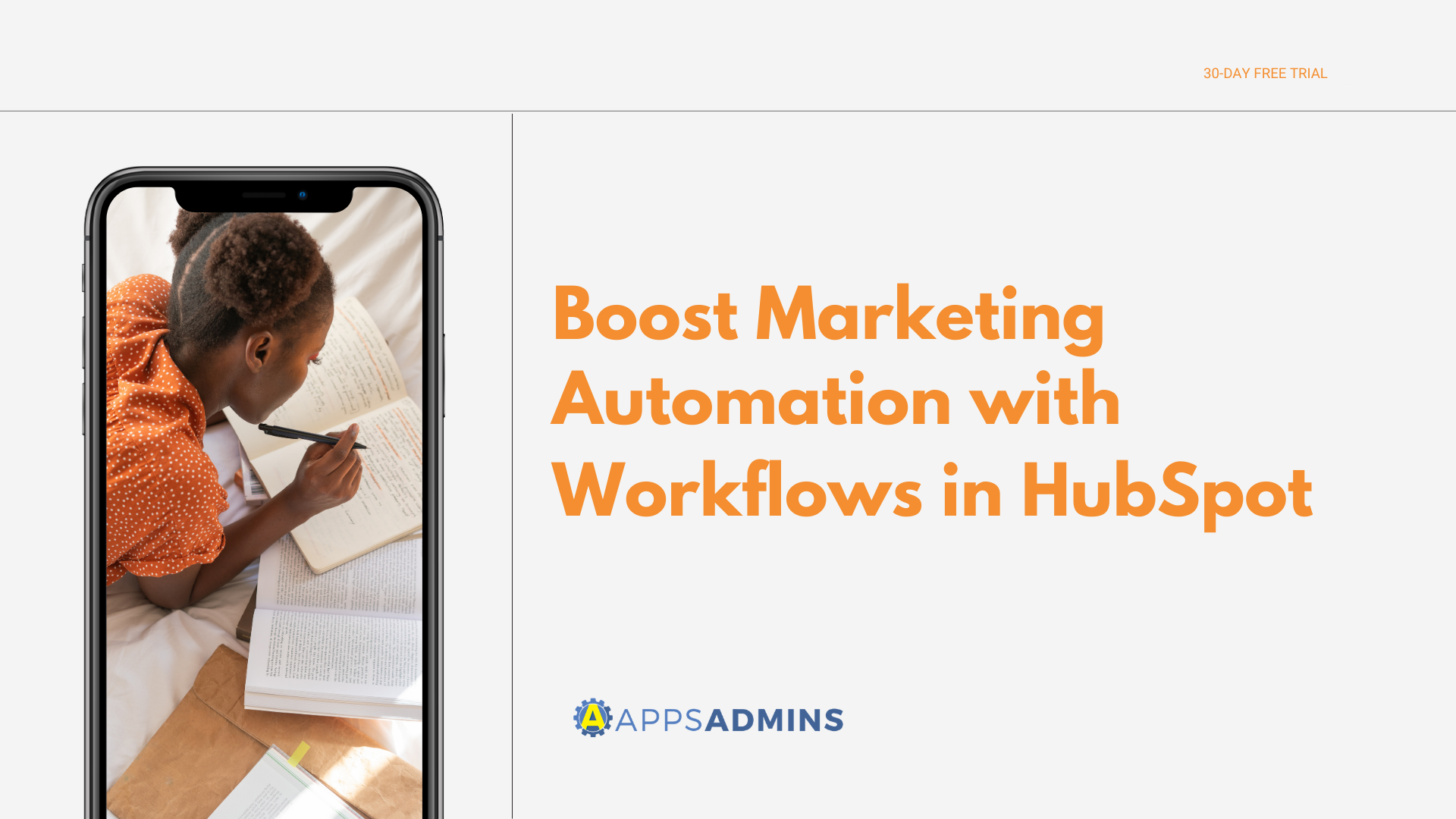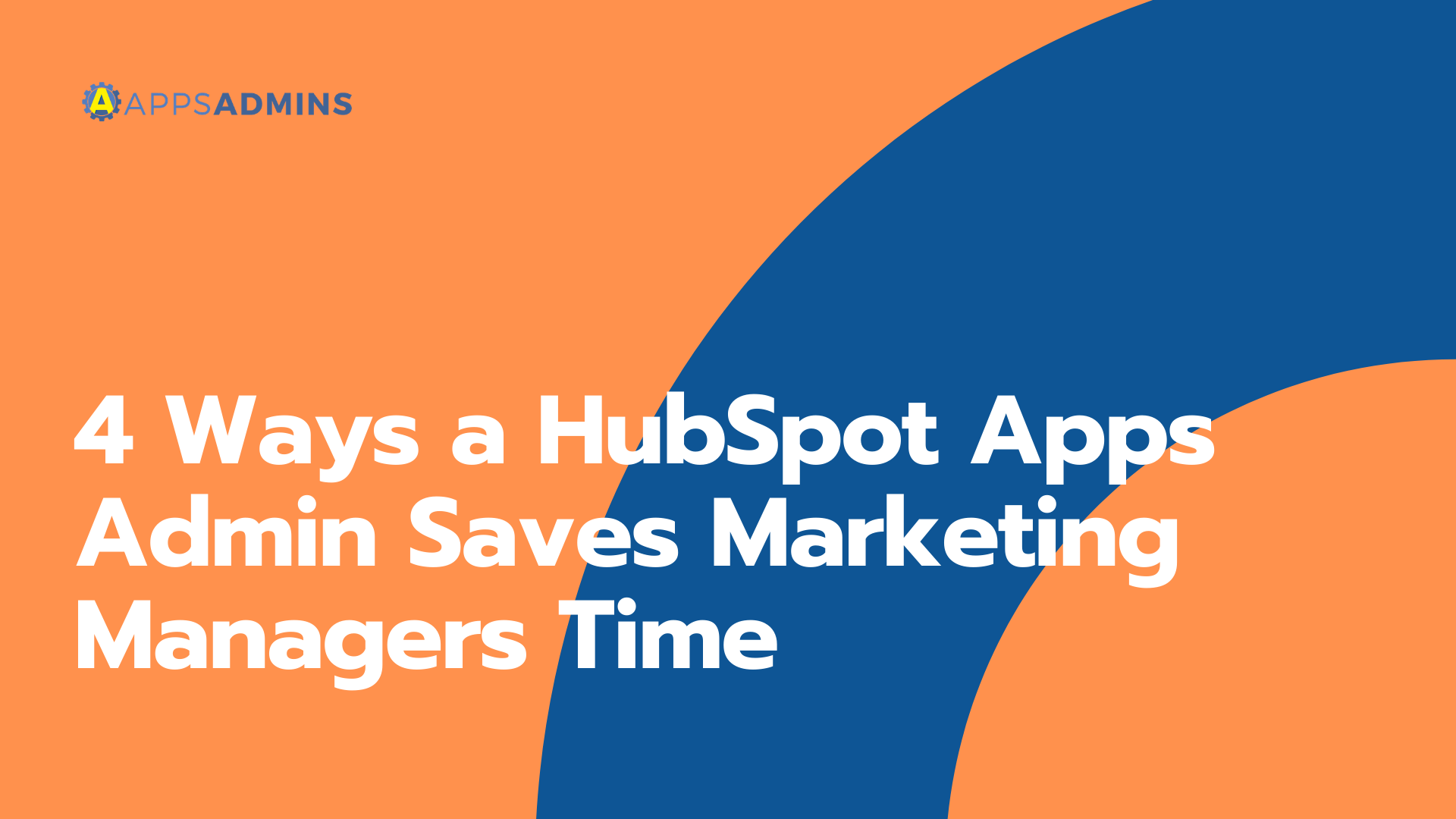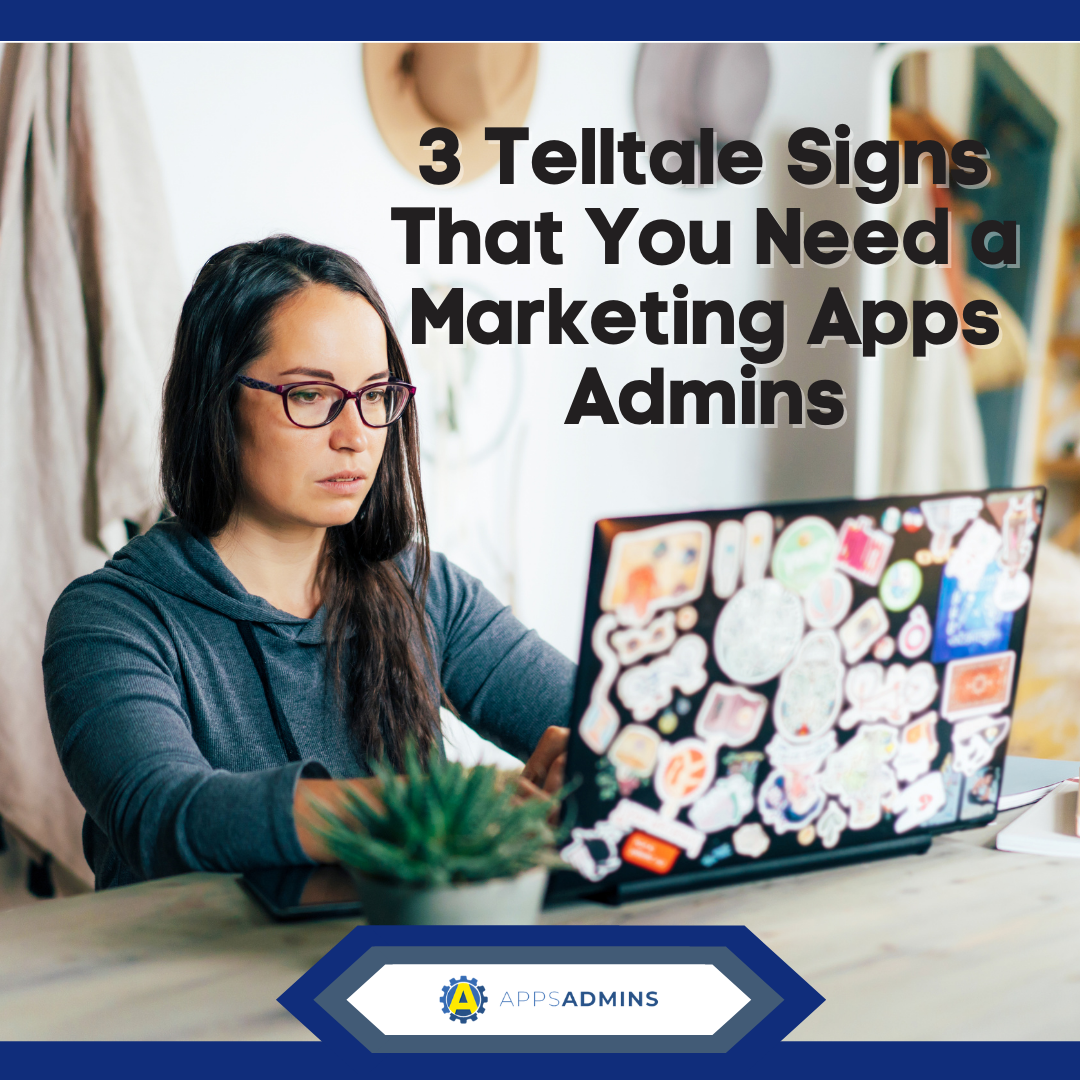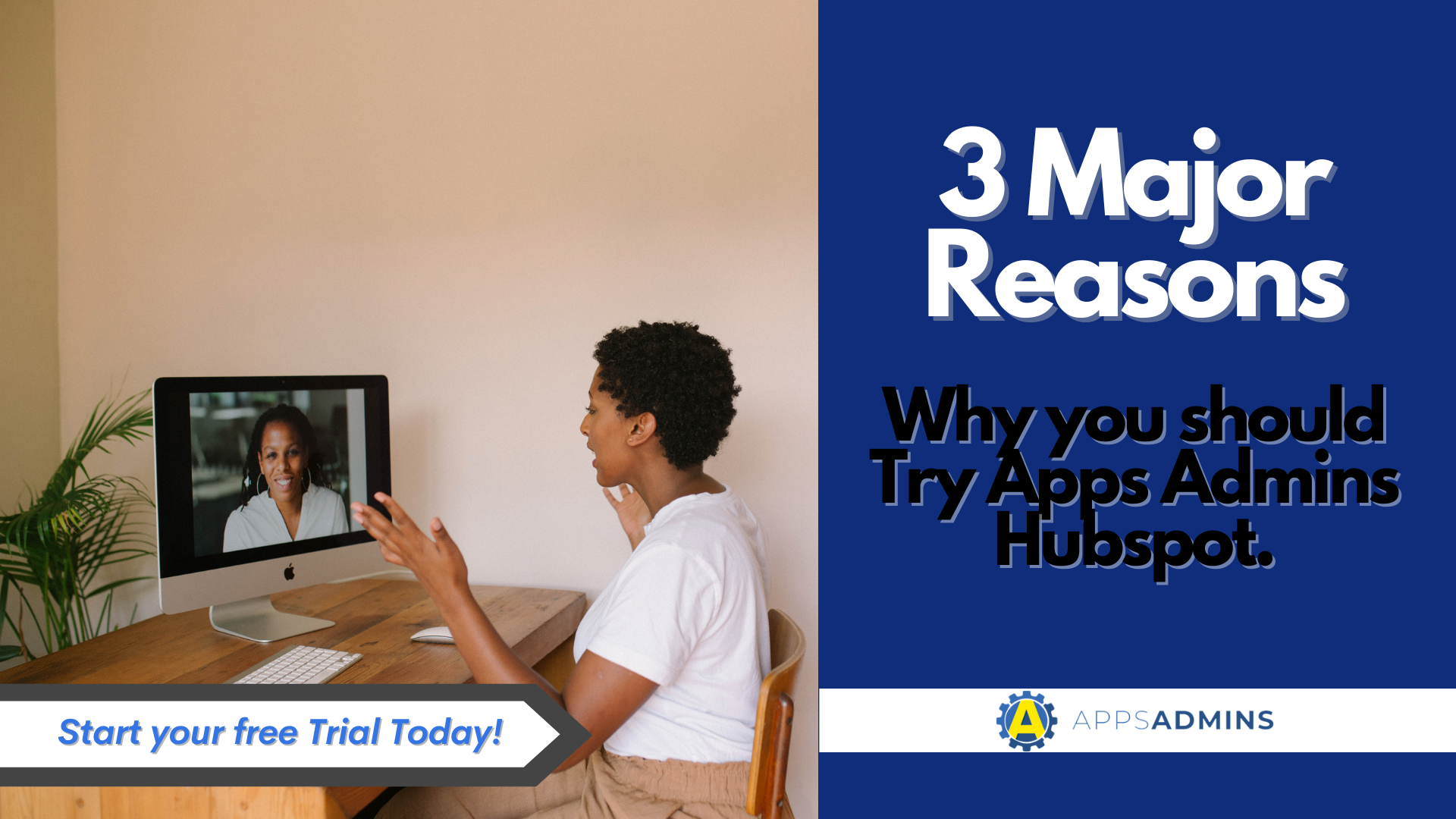G Suite Business Free for 30 Days
Sign up for a Free 30 Day Trial of G Suite Business and get Free Admin support from Google Certified Deployment Specialists.

What is inbound marketing?
Any Central Texas business seeking to establish itself online has to understand inbound marketing. One of the best things about working at Coolhead Tech is that I get to sit in on some of the great training available over at Hubspot Academy, where inbound marketing is a hot topic.
For example, I recently participated in Rachel Goodman's introductory blogging course, which approaches inbound marketing in four steps:
-
attract people to your website
-
convert them to leads
-
close, turning leads into customers
-
"delight" them, turning them into promoters who give valuable word-of-mouth recommendations
Why Blog?
Blogs are part of the first step. They get the visitor to your site to begin with. Blogging the right way gets you to the top of Google's search results. 75 percent of users never even scroll past the first page of search results—so getting on that page is important. Companies that blog have 55 percent more website visitors than those that don't, and blogging brings in 6.9 times more organic traffic.
It gives you a Google boost by increasing the number of pages on your site—each blog is its own page, and each page can be seen as a lottery ticket. The more tickets you have, the better your chances of winning.
"Those new pages are always out there, 24 hours a day, bringing people to your site and bringing people to your business," Goodman said. "They're a sustainable way to drive traffic."
Generate traffic by writing consistently. You have to blog as often as you want people to pay attention to you. Goodman says it should be at least two times per week.
"By posting regularly and consistently, you're actually training Google. Google's going to recognize this and thank you buy raising your site in their search ranking."
How do you create blog content that works for you? Creating and distributing educational content is going to draw people. Helpful articles will gain your readers' trust. Create irresistible content. A well-written blog makes your business look like an industry thought leader. Write about things that are important to your target audience. Don't talk about your business; this isn't the time for a product pitch or aggressive sell.
Focus on one topic (keyword) per blog post. Readers (and Google) need to know exactly what that page is about. The keyword needs to be in the title, which should be compelling and relevant to the search and no more than 70 characters. The long-tail keyword (a longer search phrase) will appear throughout the blog itself as well, though not necessarily exactly the same way every time.
"If you're writing thoroughly and naturally, you're going to include variations of this keyword in your writing," Goodman told our class. "As the result of creating great content, we will start ranking for variations on the long-tail keyword."
Goodman says blogs should be at least 600 words. Google can tell if you're "stuffing" keywords, so don't overuse them. Make sure image alt tags and image names have the long-tail keyword (with dashes between words). Also, be sure to write a meta description that's 150 characters or less so Google searchers will see a concise summary of what your blog is about.
Make sure your blog is properly formatted. Be sure to include whitespace and images to break up the wall of text. Use sub-heads and bullets. A numbered list can be compelling, too. Bold key points/important passages to draw the eye in. These bolded phrases won't necessarily be keywords.
"If you're searching for a term, getting a lot of results, the pages that you stay on a little bit longer are the ones that really draw your eye in, make you want to learn more. That's what great formatting can do."
The Landing Page
Finally, blogs turn traffic into leads via a call to action at the bottom of every single post to give readers a "next step" to take. This is a "top of funnel" offer known as a landing page. People don't necessarily want to make a purchase yet or even hear more about your company—tip sheets, white papers or an ebook will give them the additional information they want.
So blogs attract visitors and landing pages offer the next hook, where you'll give visitors something of value in exchange for their contact information. This value-added hook might be a free, downloadable ebook or white paper, as I said. Where do you get eBooks? You can license them from industry sources, or you can bundle some of your best blogs and repurpose them as a unified, longer content package. Never forget to take advantage of assets you already have!
You need a landing page for each stage of the buying process. Visitors will be coming in at differing stages, so you have to have different offers for different audience segments.
Mark Kilens' Goal Setting and Planning Training Class is another Hubspot course I took recently. Kilens talked about marketing techniques that small businesses here in Texas can use with their online campaigns. He talked a lot about landing pages.
"The landing page is your best employee ever," Kilens said. "Think about how you used to collect leads in the old days, via cold calling, for example. A landing page works for you and your business all day long."
Kilens talked about "SMART" inbound marketing goals to measure website traffic, generate leads and attract customers. In a nutshell, SMART goals are:
-
Specific
-
Measurable
-
Attainable
-
Relevant
-
Timely
Let's look at these points one by one:
SPECIFIC: You need a well-defined goal. You can't say "I want to increase leads." That isn't specific. Say, instead, "I want to increase sales by 10 percent by July 1." That's how you start a SMART marketing strategy.
MEASURABLE: Sales and marketing goals should include numbers— a percentage, a dollar figure or a sales unit count.
ATTAINABLE: Your growth goals should be challenging, but they should also be realistic. Set growth goals that will allow your team to own the goals because they believe they're achievable.
RELEVANT: SMART goals integrate with your overall business goals. They should take into account marketplace conditions, competition and all of the business challenges you face.
TIMELY: The final element of SMART goals is that there is a timeframe. See the example above: "I want to increase sales by 10 percent by July 1" gives your team a specific date for accomplishing goals.
To come up with your SMART goals, examine your current situation. What have you been doing in the past? What are you doing right now? How much time do you have per week to devote to your SMART marketing plan? Who else is helping you? How many blog articles will you be publishing each week? How many landing pages will you be creating?
Although they're critical top-of-funnel elements of your inbound marketing strategy, Goodman cautioned against expecting overnight success from blogs and landing pages.
"They are long-term marketing investments. But over time, our blogs will pay us off multiple times over."
.jpg?width=818&name=appsadmins-svg-rules-1%20(2).jpg)







